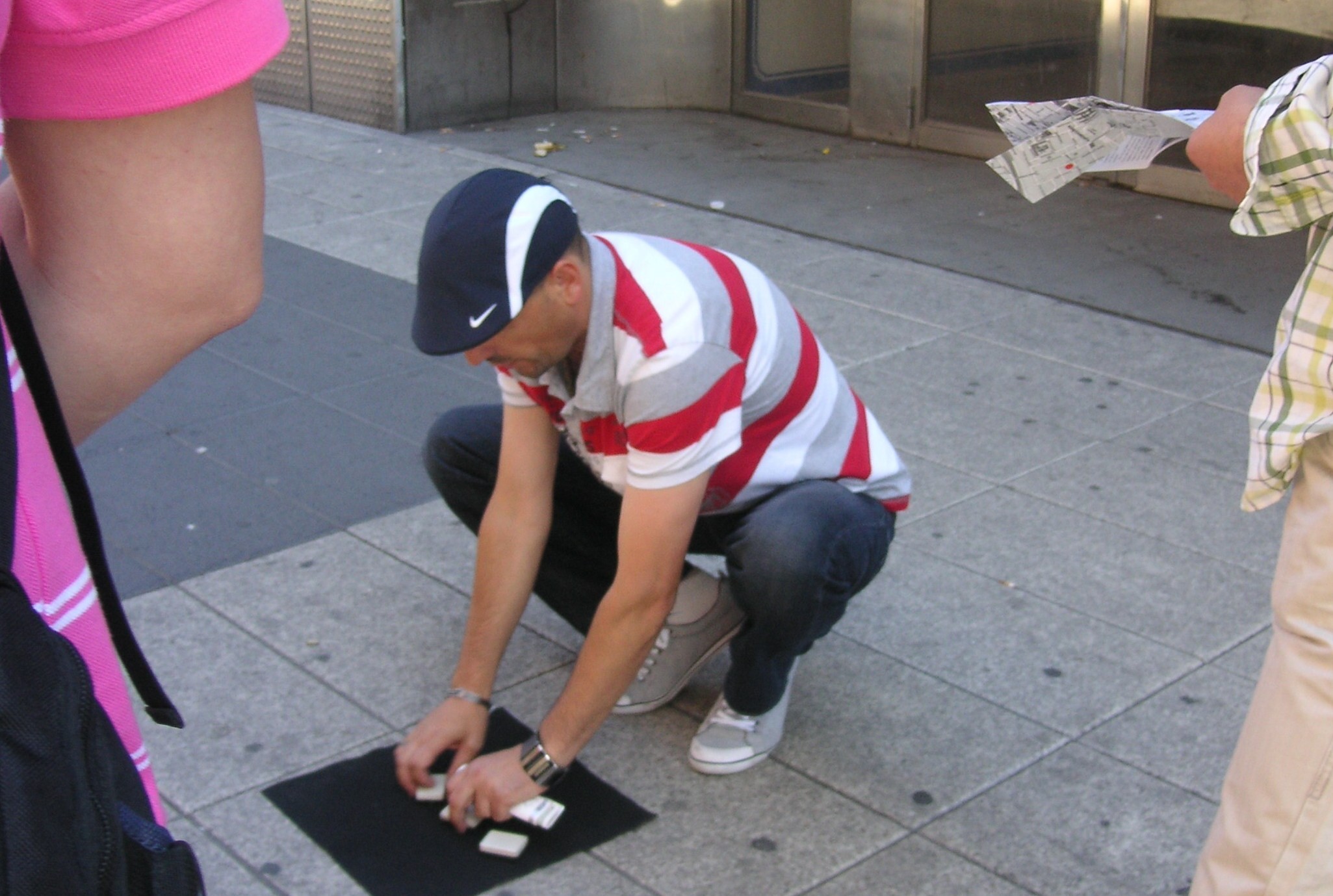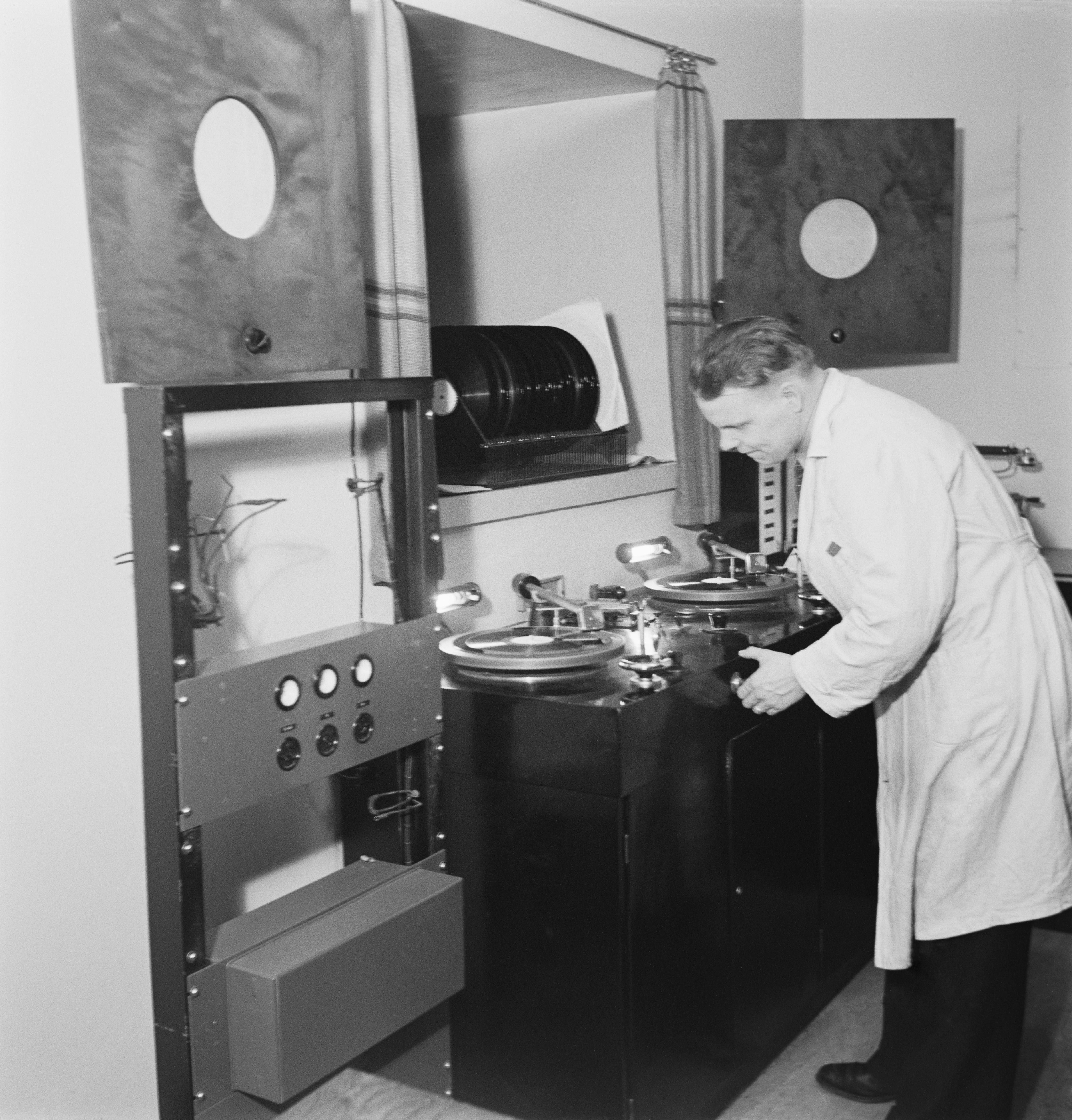The Rochester public radio outlet drives its news programming through an AM transmitter whose signal falls off near the city limits. Forget bridges and overpasses; overhead electric wires blot out the arthritic signal. Station personnel say they're aware of the chronic signal problem, and have plans to address it. And that's been their story for years. Their morning and afternoon drive-time NPR network programs are simulcast on a local FM college frequency, which helps a bit. But the rest of the news programming may as well originate from Nome, Alaska. The AM signal is wretched.
.jpg) |
| By Cjp24 (Own work) [CC BY-SA 4.0 (http://creativecommons.org/licenses/by-sa/4.0)], via Wikimedia Commons |
This means I can usually hear Buffalo's NPR news in my car or on any radio in my home or office. I don't need to rely on an Internet signal. If you operate an FCC-licensed transmitter, I should be able to hear your signal without relying upon a modem, WiFi signal, and smartphone.
During a recent fund drive, Rochester station announcers spoke about how donations go toward new equipment. I'm not sure that money makes it to the broadcast signal. Where does it go?
If you look at both the Buffalo and Rochester stations' Schedule J (IRS Form 990) from 2015, you discover that the public broadcasting CEO in Rochester earned $412,739 -- about $30,000 more than the Buffalo CEO ($382,569). Plus, the Rochester station paid another vice president $197,000.
That $600,000 payout to the Rochester station's two top leaders hasn't helped its news signal reach listeners in its own backyard. No public radio station has problem-free signals, but years of banishing its strong news content to a moribund AM signal with no remedy has cost them my support.





